If you’ve ever wondered why seasoned rootworkers spend so much time anointing, rubbing, and dusting candles before lighting them, here’s the truth: a candle is just a candle until you dress it. Dressing transforms that humble stick of wax into a spiritual tool, charged and ready to carry your prayers, petitions, and intentions to the spirits. Without it, you’re basically just having an expensive dinner by candlelight. With it, you’re working magic.
Candles in hoodoo aren’t simply symbolic. They are vessels—wax and wick becoming carriers for oils, herbs, prayers, and the very breath of your spirit. Once lit, the flame exists in both the physical and spiritual worlds, serving as a beacon that draws the attention of ancestors, spirits, and the Divine. In African American conjure, candles are both fire and prayer, a way to illuminate the road so spirits can see where they’re needed and act on your behalf.
Historically, African American communities often worked with what was readily available—kerosene lamps, homemade tapers, or even wax dripped around a petition paper. By the early 20th century, with the rise of spiritual supply shops, figural candles and seven-day vigil lights became widely available and quickly folded into hoodoo practice. If you’ve ever walked into an old-school spiritual store in New Orleans, Chicago, or Memphis, you know the sight: rows upon rows of colorful glass-encased candles ready to be fixed and lit for love, money, protection, or justice.
So how do you actually dress these candles for success? Let’s break it down type by type.

Dressing Different Types of Candles
Seven-Day Glass Candles
These are the most popular candles in hoodoo. Because they are encased in glass, you only dress the top of the wax. The trick here is balance: too much oil or too many herbs and you’ll smother the wick, leaving you with nothing but frustration and a ruined candle.
A simple method: drill a few small holes into the wax with a skewer so the oils sink in, then sprinkle your herbs lightly. At Crescent City Conjure, we dress first with condition oil (like Money Drawing, Love, or Uncrossing), then add a pinch of herbs for extra punch. Once lit, a seven-day candle should burn straight through—no blowing it out and relighting whenever you please. If safety is a concern, place the candle in a bowl of water in the sink.
Figure Candles
Shaped like a human body, skull, or cross, these candles can be tricky because of their curves. Here’s a trick: place the candle in a plastic bag. Rub oil into the candle, then shake herbs inside the bag to coat it evenly. Think of it like magical “shake and bake.” Keep the candle stored in the bag until you’re ready to work it.
Tea Lights
Small but mighty. Like seven-day candles, you only dress the exposed top. Remember: moderation is key. Too much oil and the flame won’t last long enough to do the job.
Taper Candles
Ah, the classic. Easy to dress because of their full surface. Rub oils directly onto the wax, then roll in your herbal mixture. Always work the oil toward you for drawing work (like love or money), and away from you for banishing or uncrossing.
Adding Personal Concerns and Petitions
The difference between generic candle burning and rootwork is focus. In hoodoo, we often add personal concerns (hair, nails, blood, or even handwriting) to connect the work to its intended target. A lock of hair worked into the herb blend tells the candle exactly who should benefit (or suffer).
Petition papers are also central. Write your request clearly and specifically—spirits appreciate good handwriting and direct instructions. Place the petition under the candle or burn it in the flame toward the end of the working.
Candle Readings: Watching the Flame
One of the oldest practices tied to candle work is reading the flame. A clear, steady burn? Your path is open and the work is strong. A flickering flame? Someone may be resisting you, or obstacles are present. A candle that drowns itself out? That’s a big red flag—you’ll need to cleanse, adjust, or start again. In this way, candles don’t just send your prayers up; they send messages back down, giving you insight into the unseen.

Sample Workings
To Find a Job or Increase Income
-
One fixed Money Drawing seven-day candle
-
One lodestone
-
Money Drawing oil and herbs
-
Dollar bill and red string
-
Money Drawing incense
Light your incense first, then dress and light the candle. Wrap your lodestone with the dollar bill and tie with red string. Place this beside your candle as a magnet for prosperity. Pray daily over the flame for at least ten minutes until the candle burns out.
To Draw Love
-
One Love Drawing pillar candle
-
Red bag
Carve your desired traits into the wax (be specific—spirits can’t work with vague requests like “tall, dark, and handsome”). Dress and light the candle. Once it burns completely down, carry the leftover wax in a red bag as a charm.
To Bless a Home
-
One cross-shaped figure candle
-
Happy Home oil and powder
Dress the candle with oil and powder. Sprinkle a pinch of powder in every corner of your home, then place the candle in the center of the house. Read Proverbs 24:3–4 three times as you light it. Once finished, bury the remains by your front door to anchor peace and stability.
Disposal of Candle Remains
Once the work is done, you don’t just toss the remnants into the nearest trash can (at least, not if you can help it). Disposal is part of the magic. Place remains where they’ll continue to work for you:
-
Money candles → near a bank or business.
-
Love candles → at a church or under a rosebush.
-
Cursing candles → at a cemetery or crossroads.
Always obscure personal information. Smash the glass into a paper bag before disposal to avoid anyone stumbling upon your work.
Offerings of Thanks
It’s customary to leave something in gratitude after successful work. Flowers are traditional—choose blooms that match the intention: roses for love, sunflowers for success, lilies for peace. Remember, spirits like acknowledgment as much as people do.
Final Thoughts
Candles are approachable, practical, and powerful. They’ve been a mainstay in hoodoo practice for over a century, not just because they’re beautiful but because they work. They combine light, fire, and the spirits of roots and oils into one potent force. And yes, they do require a little patience and practice—especially when figuring out how much oil is too much (if your wick looks like it’s drowning, you’ve overdone it).
So the next time you light a candle, remember: it’s more than wax and wick. It’s a conversation with spirit, a prayer set aflame, and—if you’ve dressed it right—a powerful tool to bend the unseen in your favor.


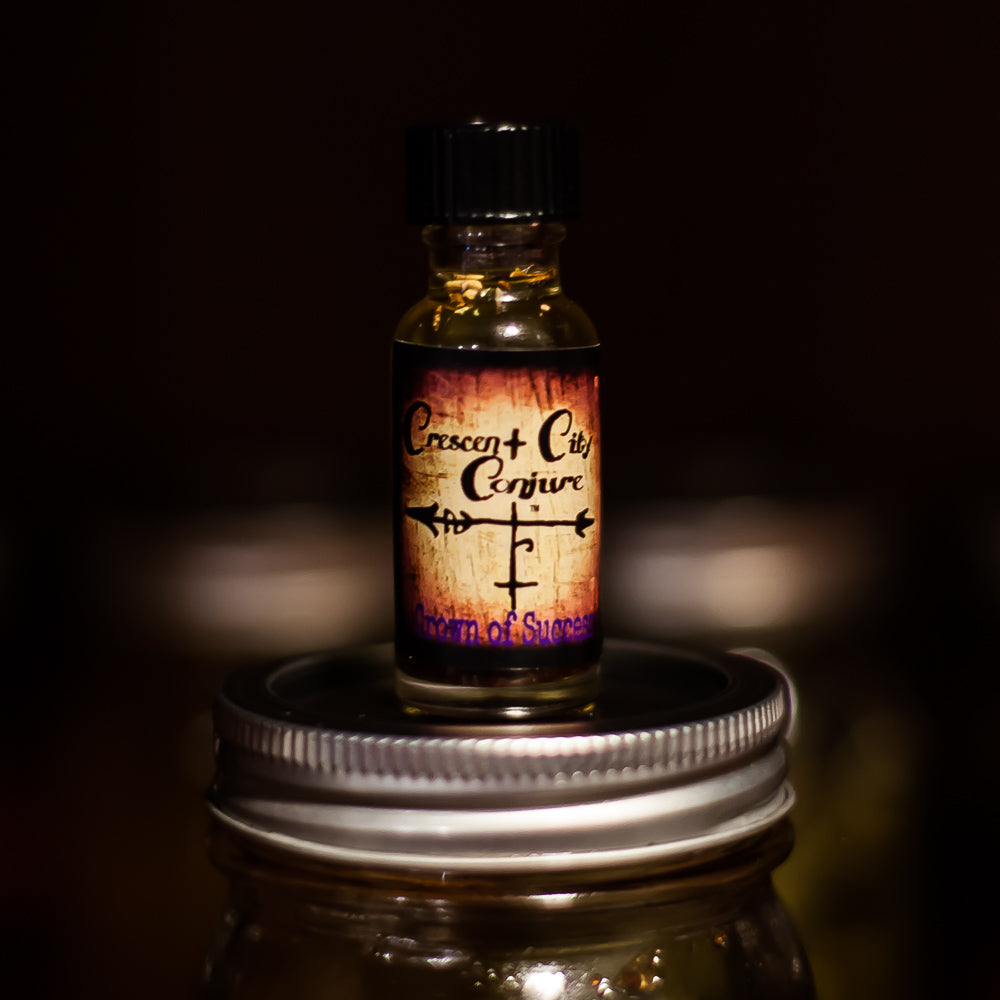

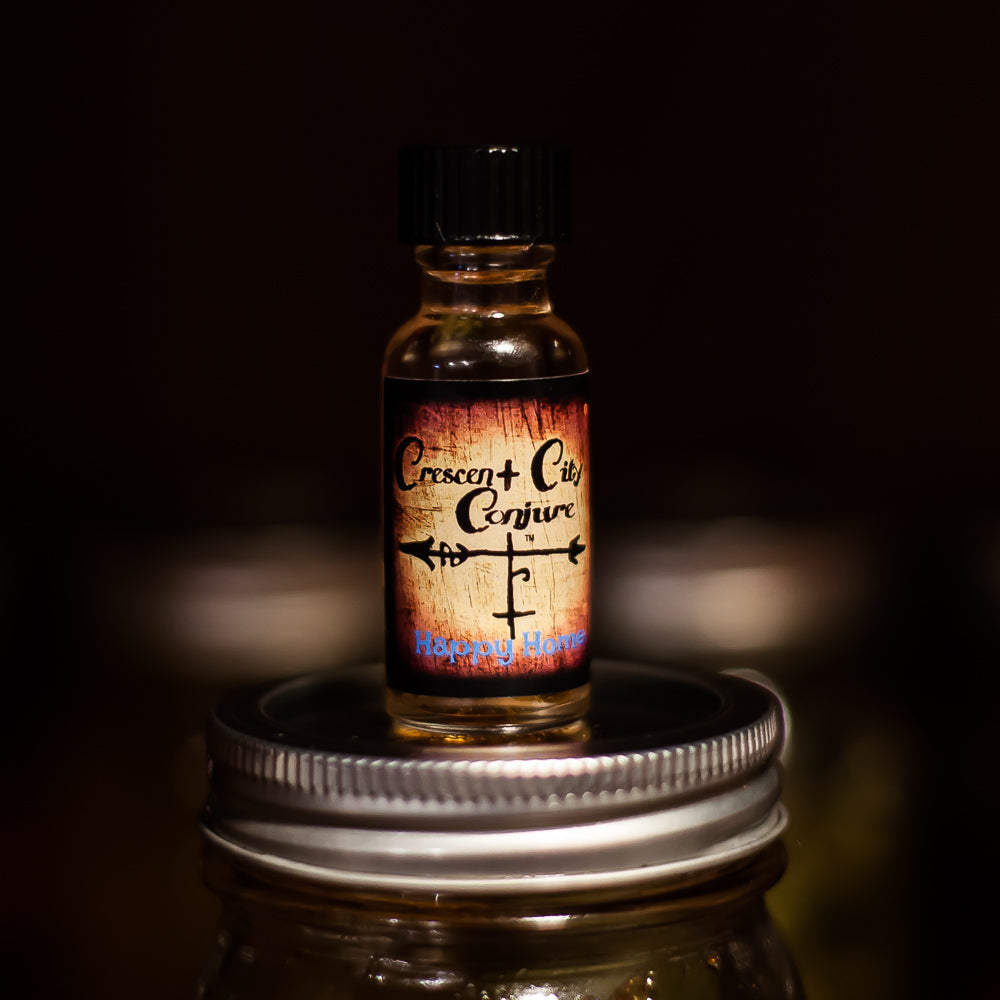
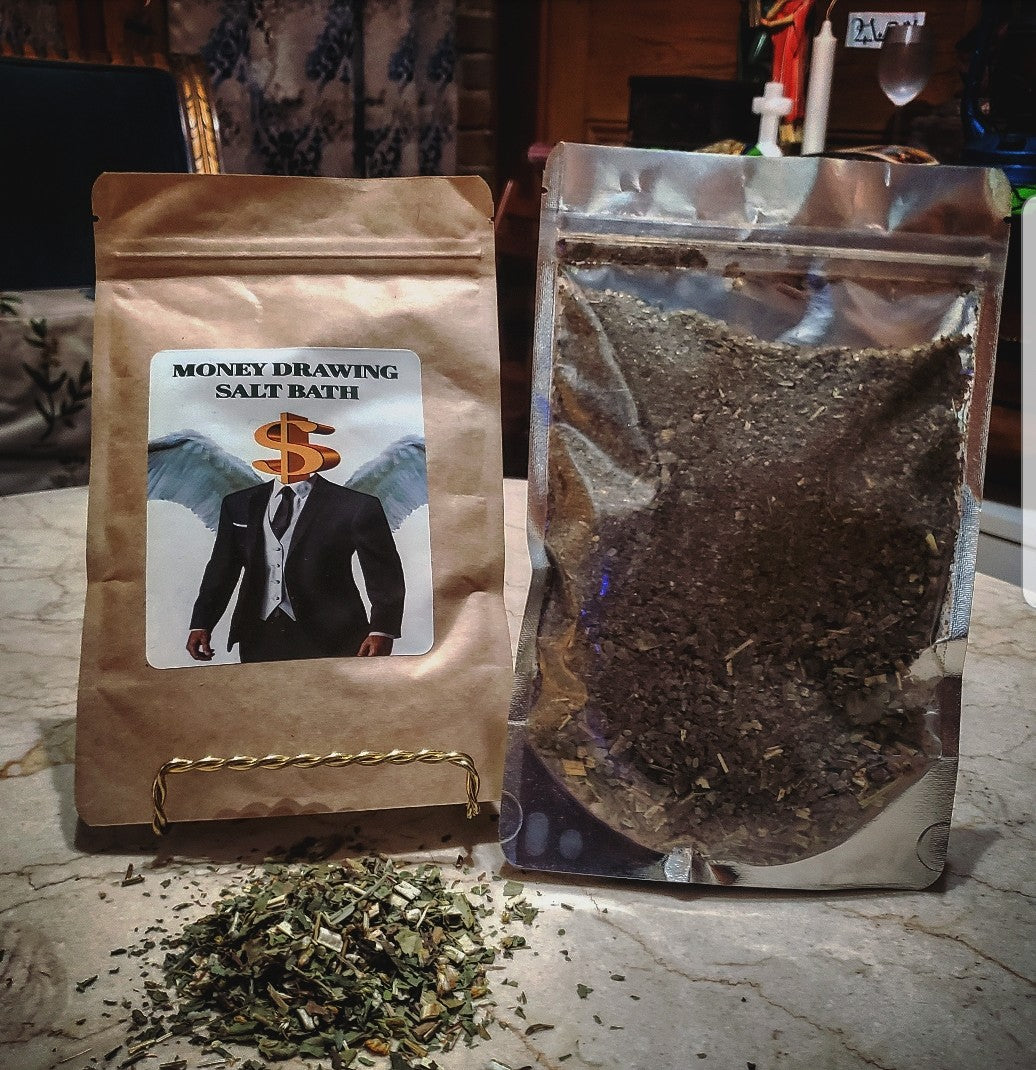
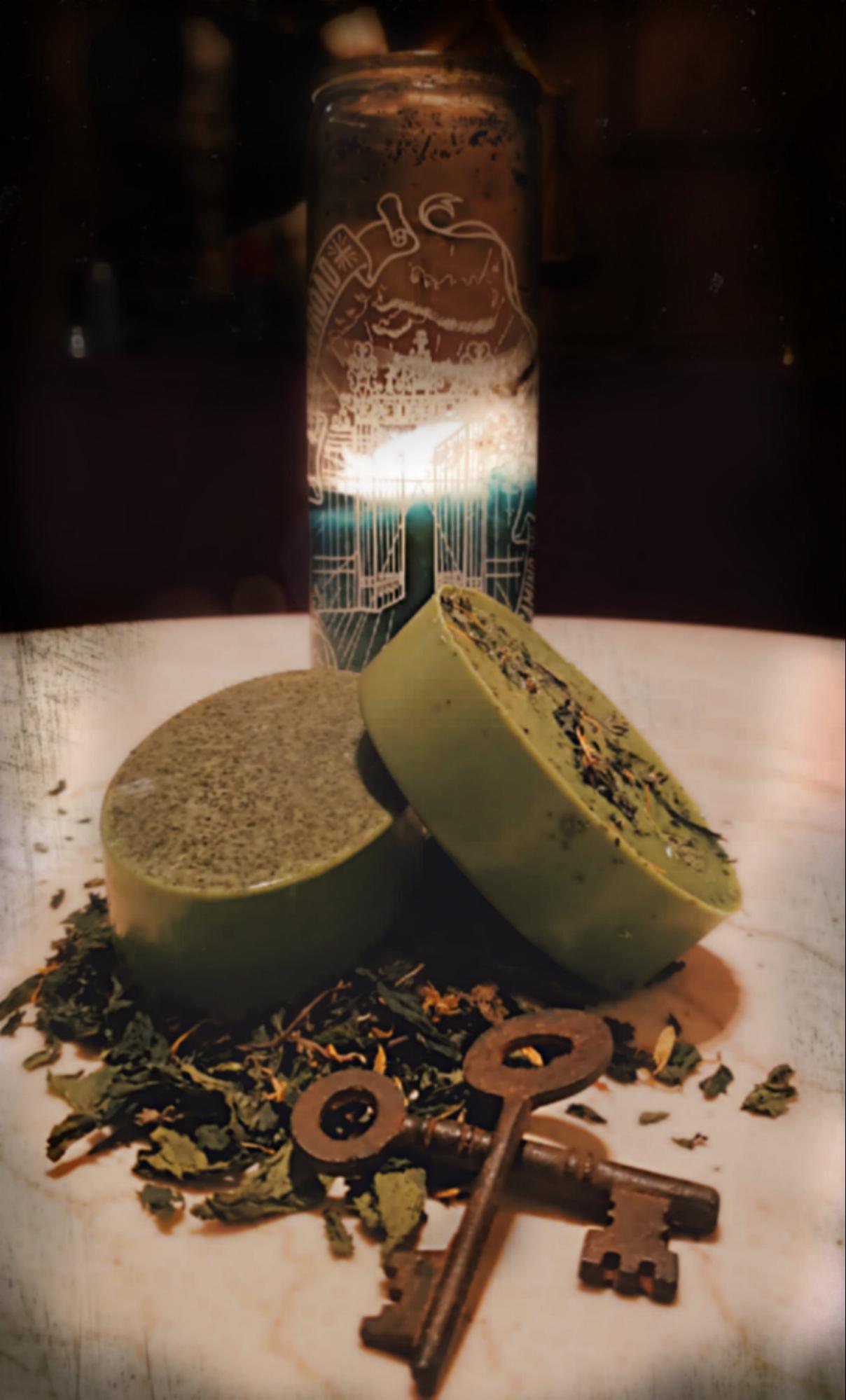
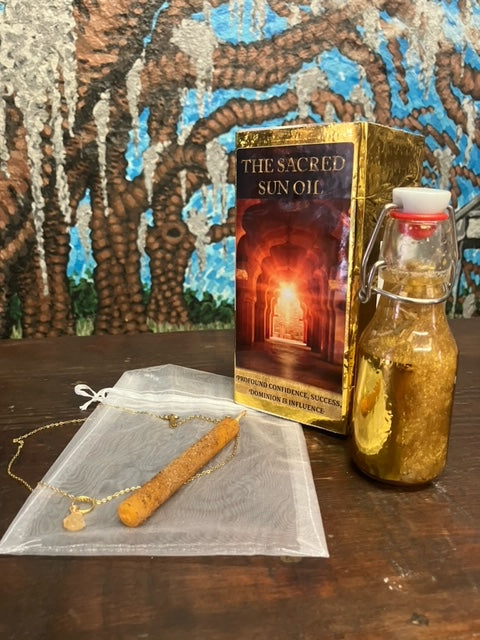
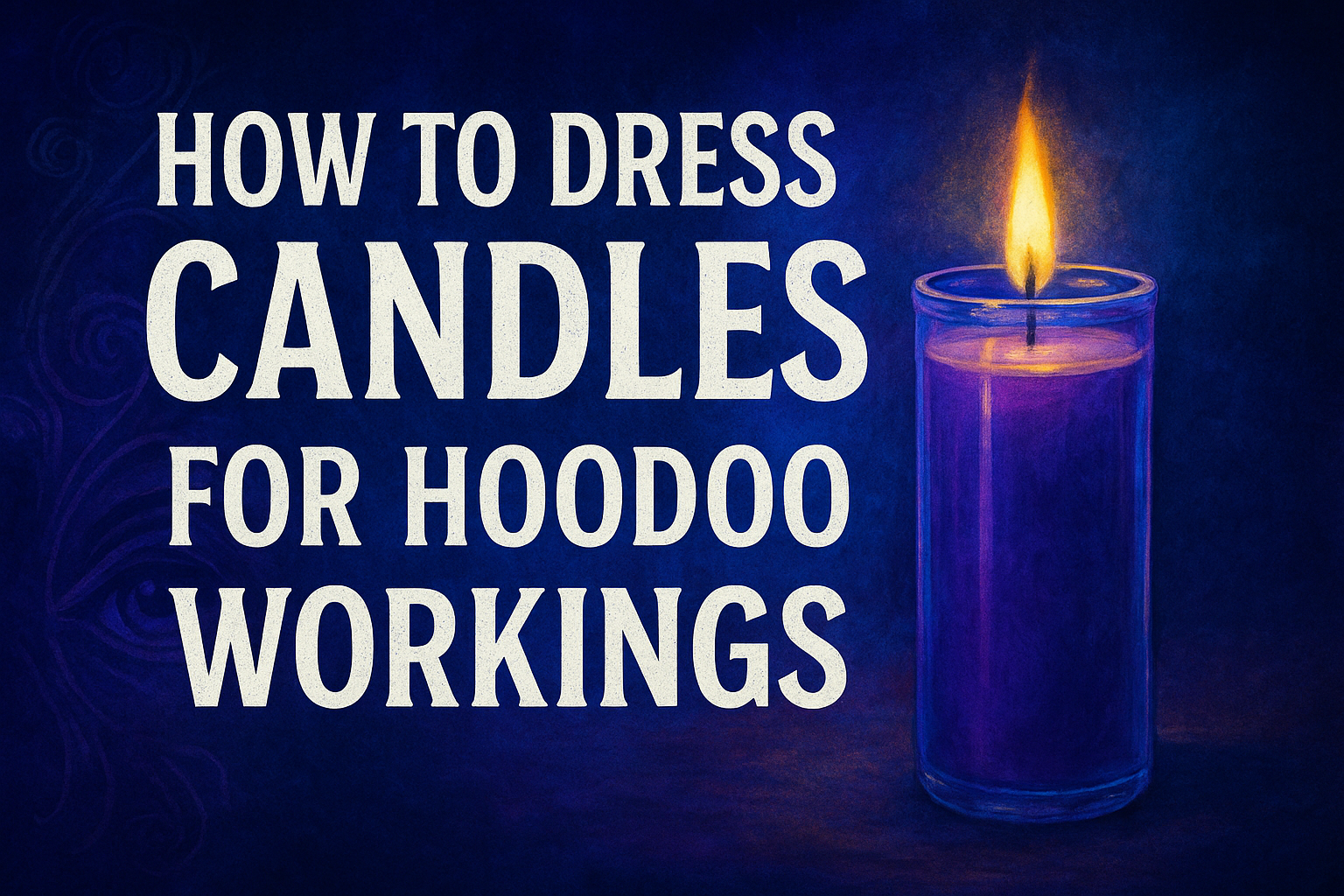

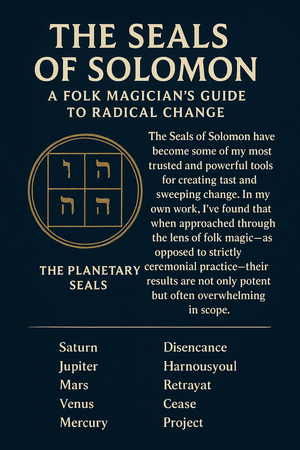



SHARMAN KNIGHT —
I am enjoying reading about Hoodoo Tradition it is a study and radical change that is great to learn. Thank you for sharing your stories with us. I will continue to grow in my learning.